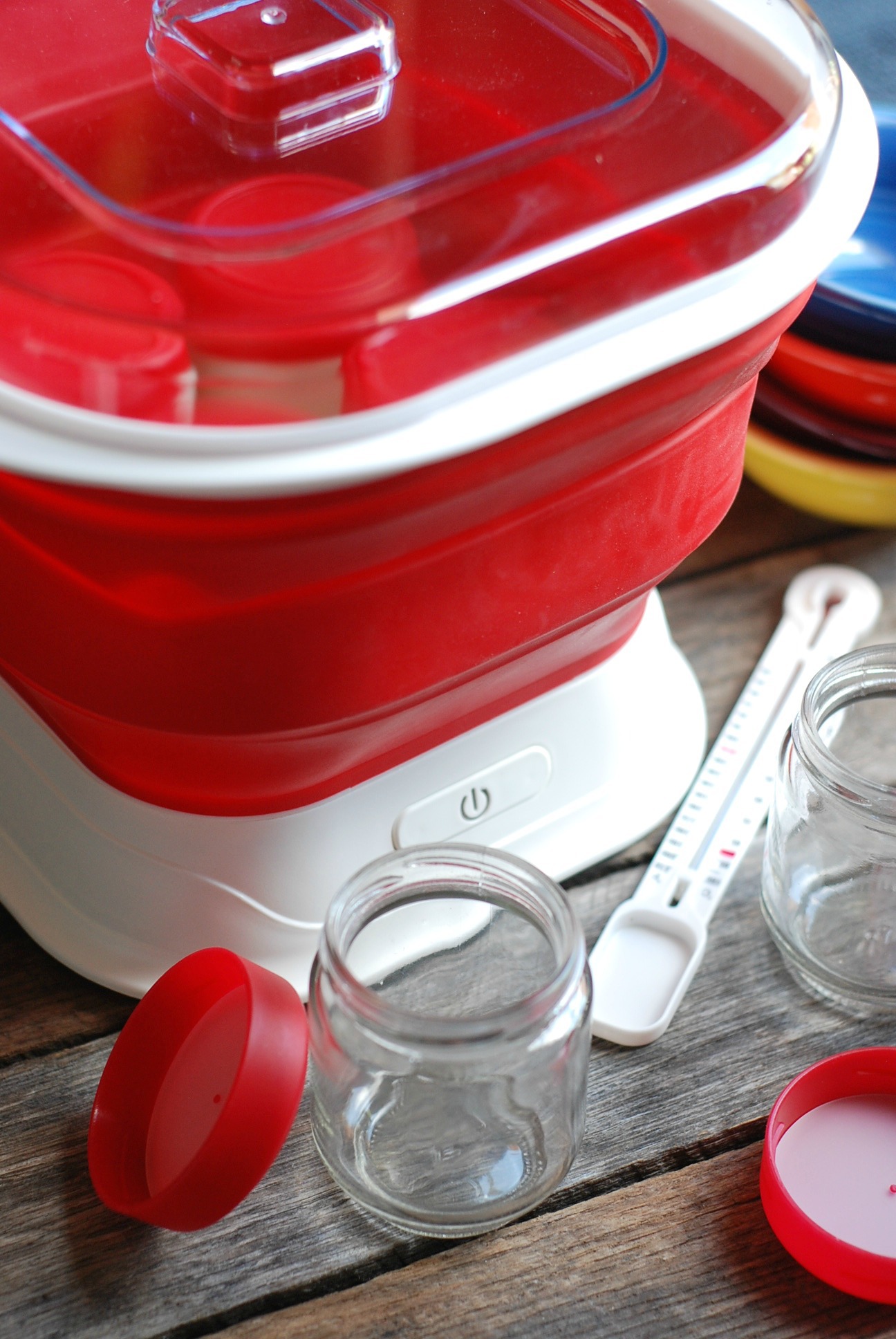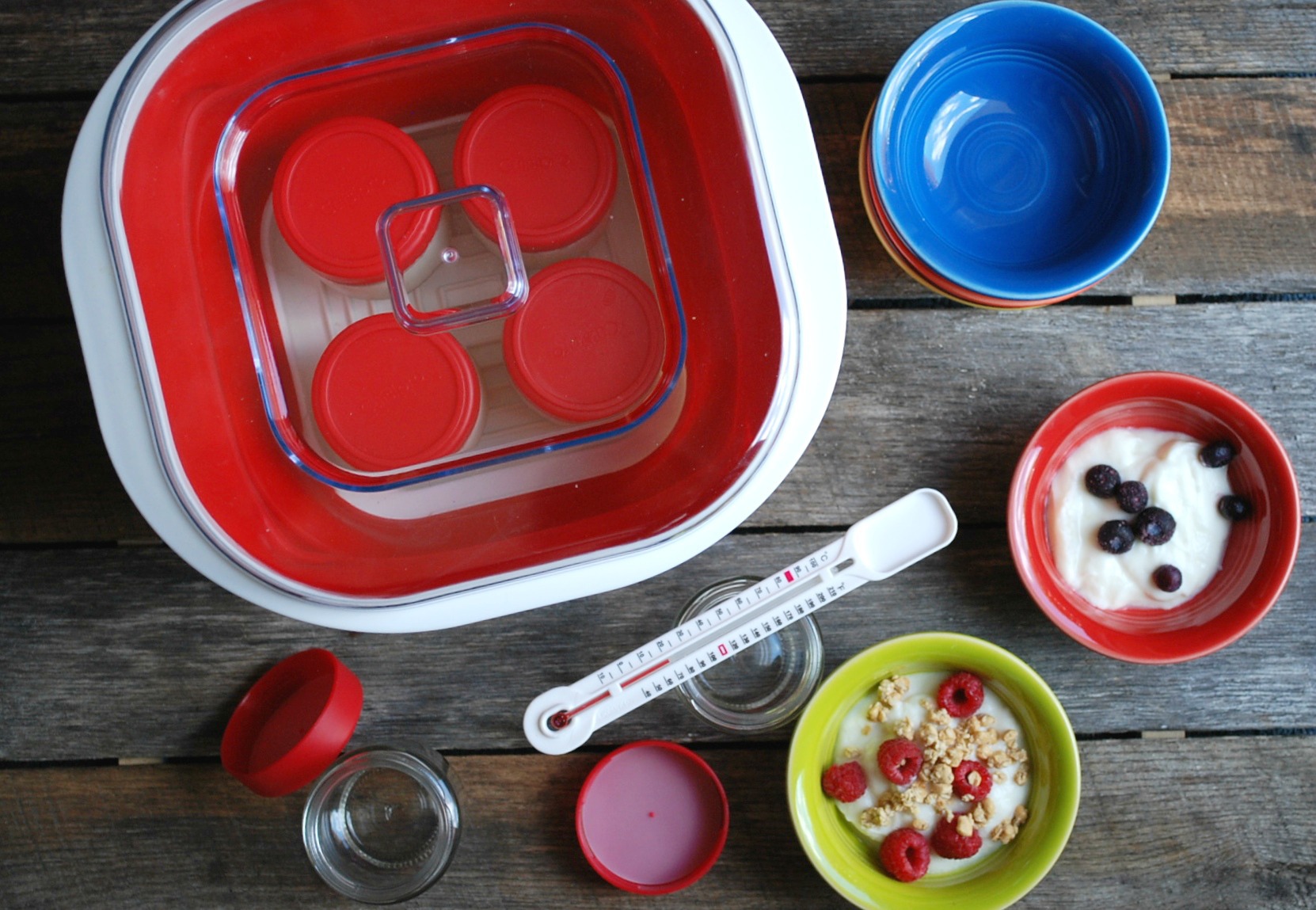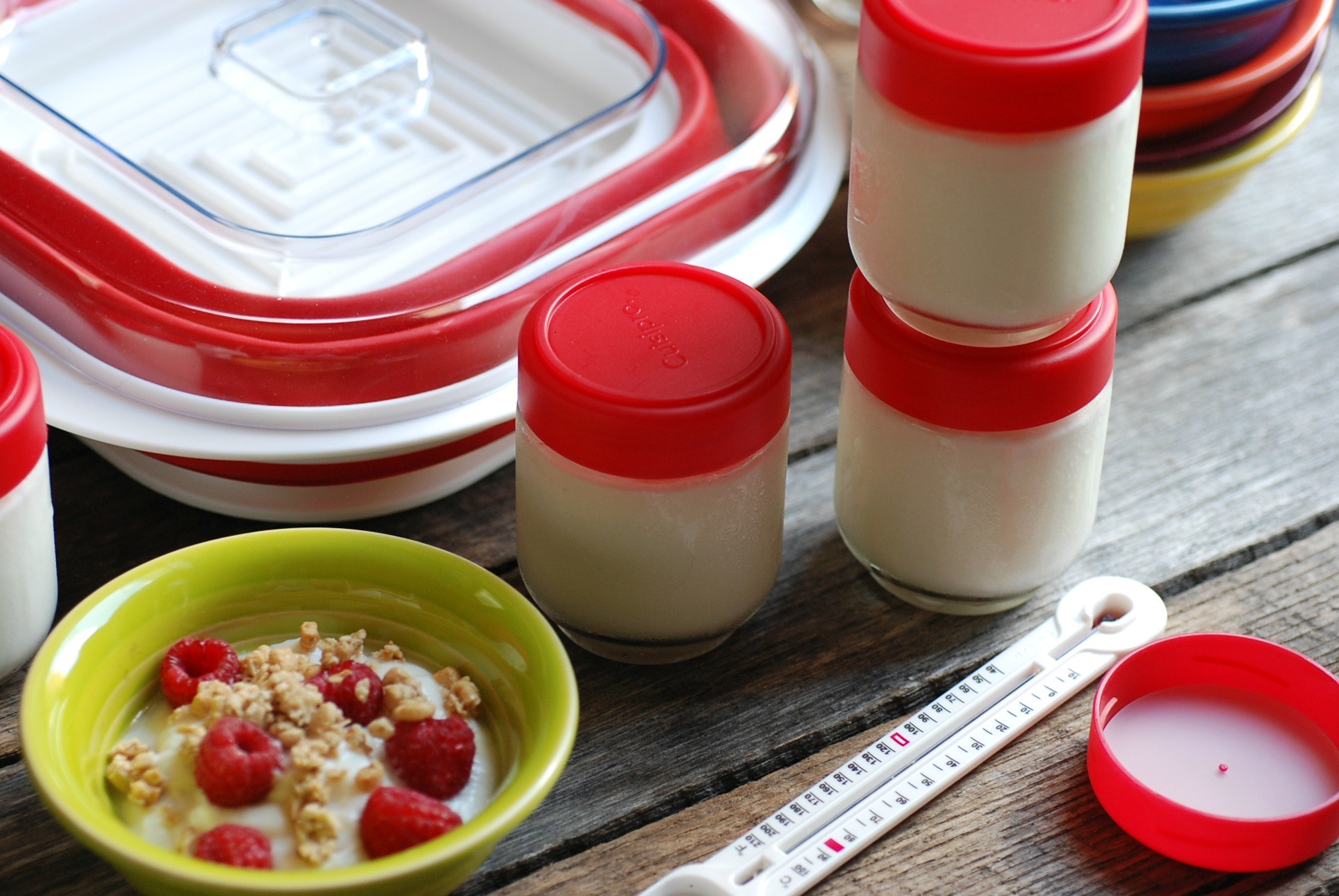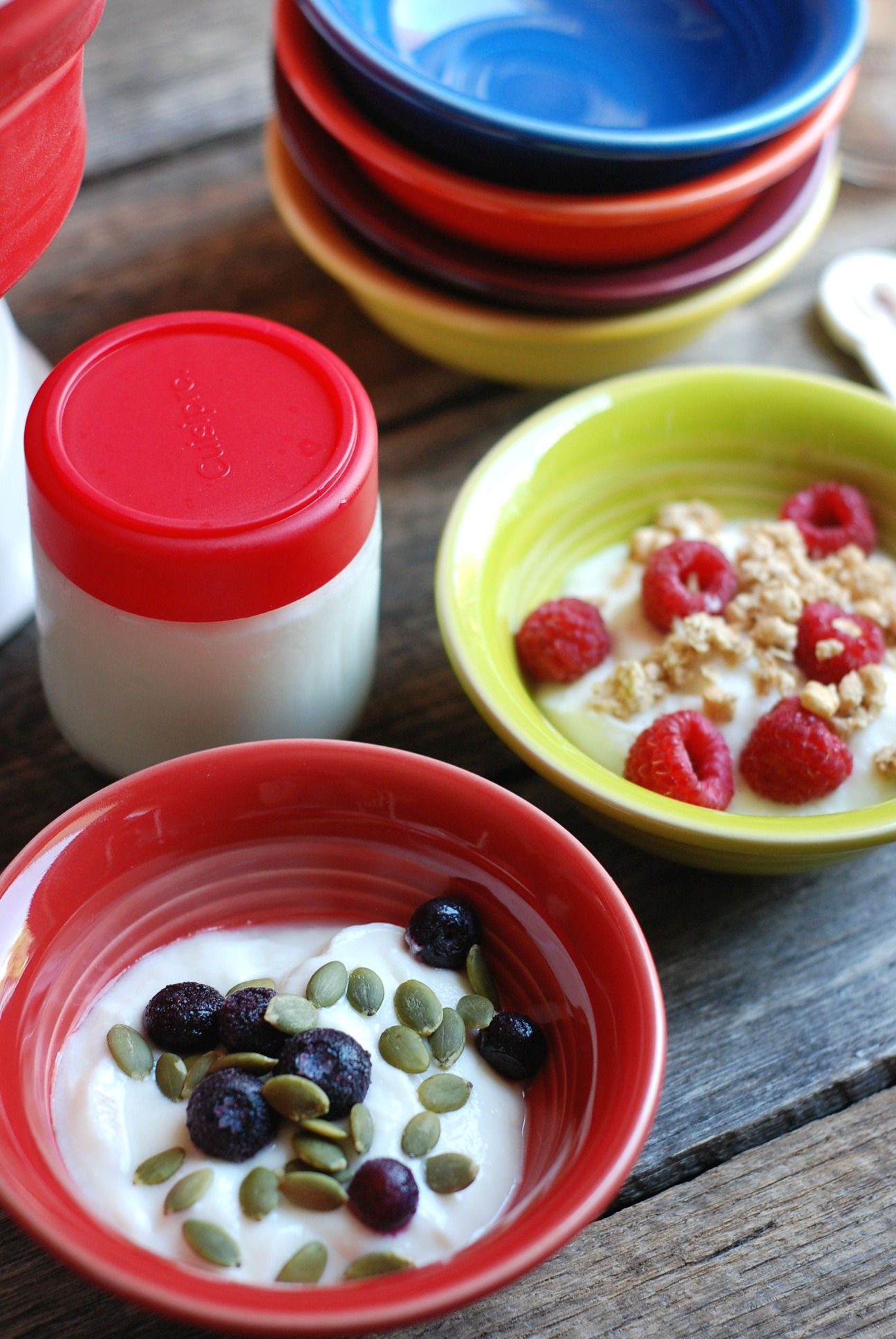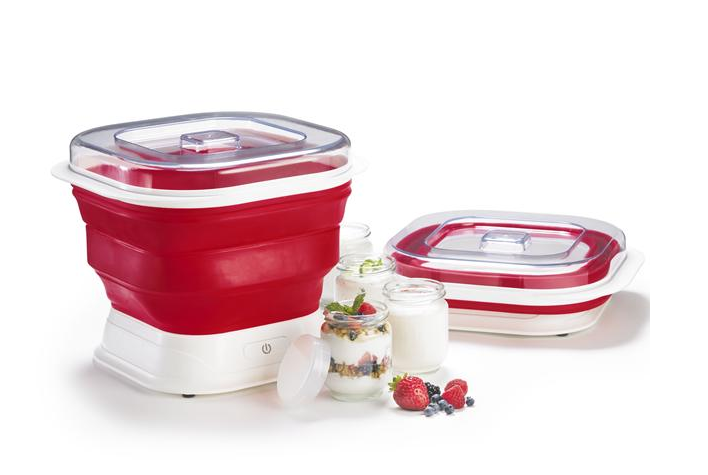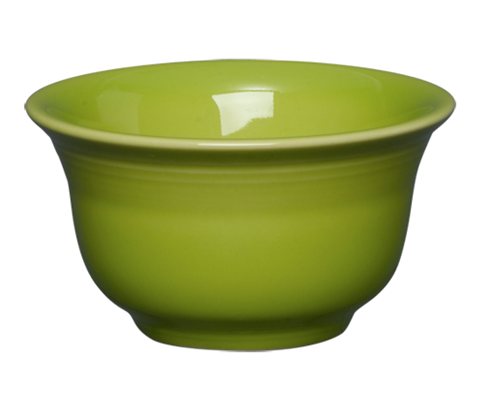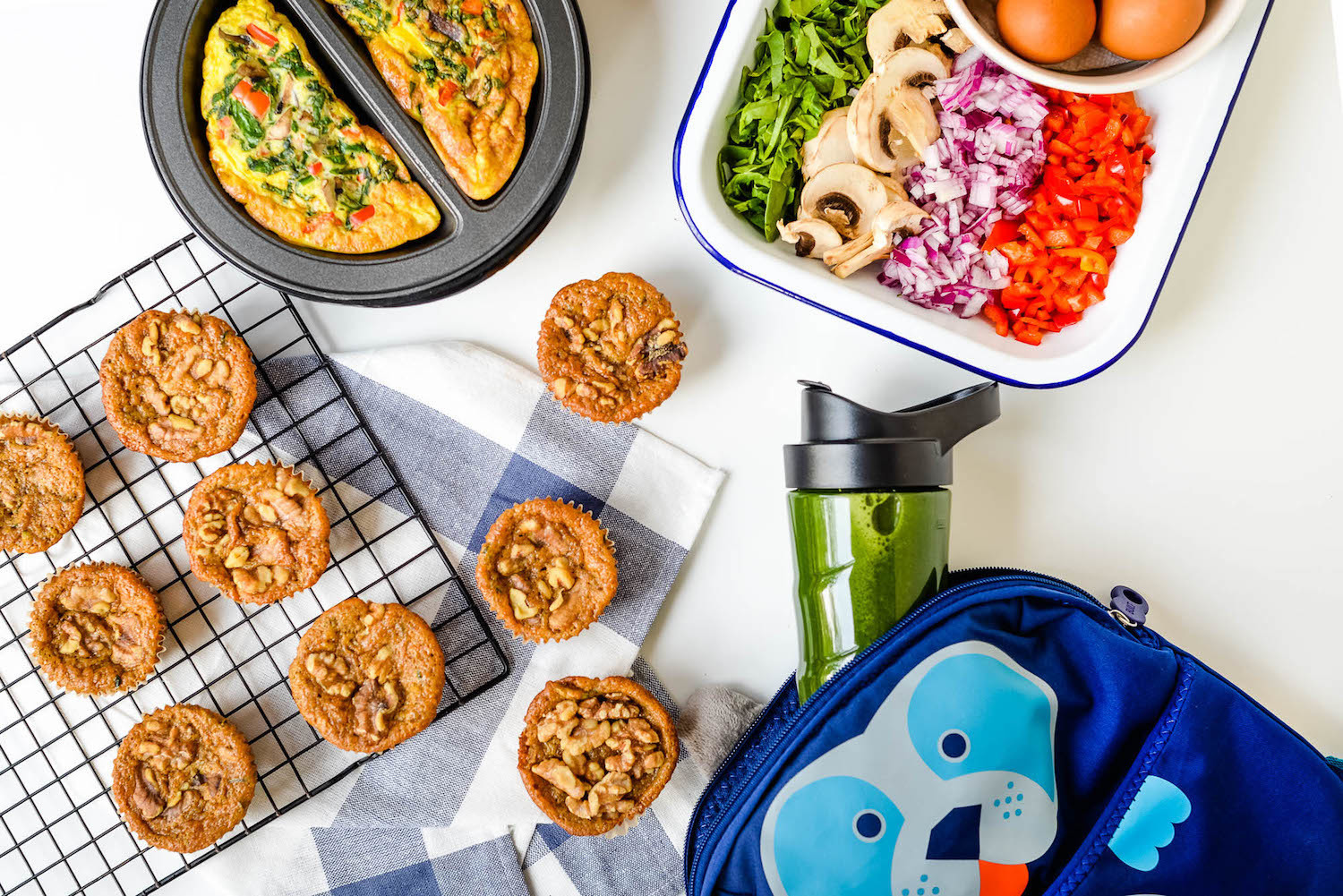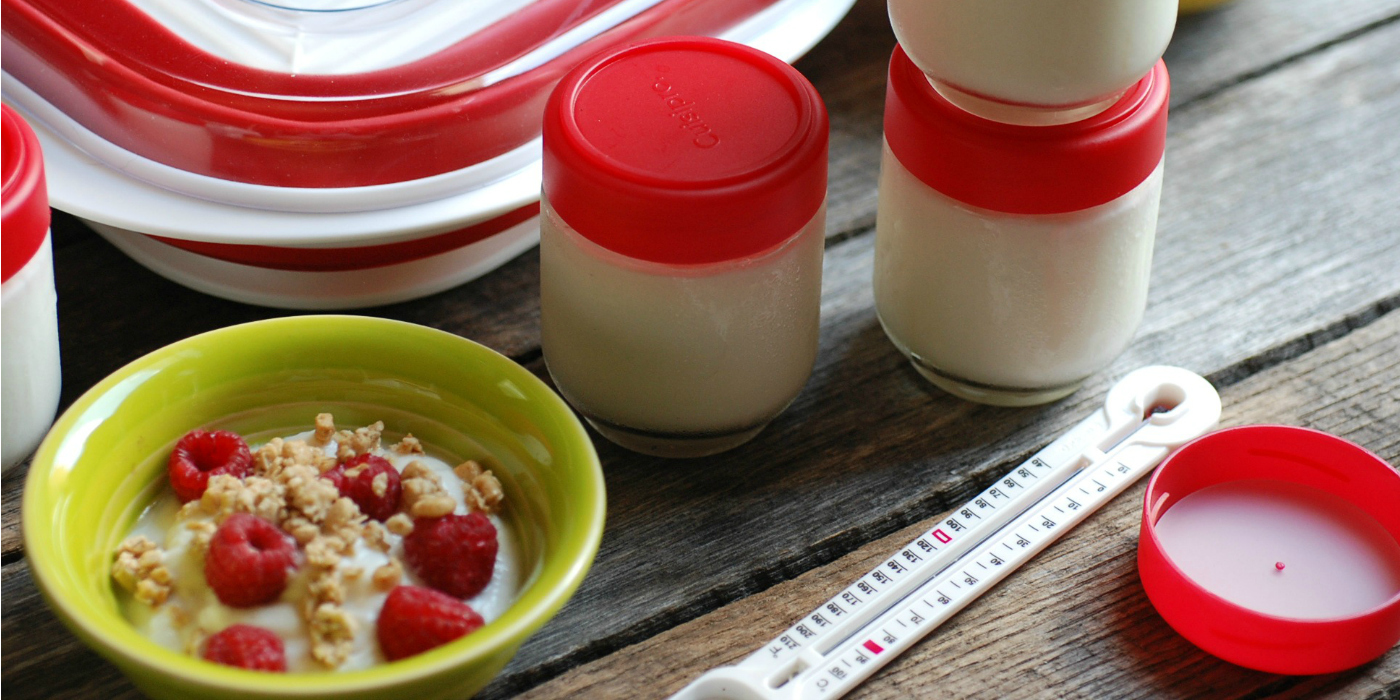
Your body is home to trillions of bacteria and that can be a good thing, especially when your GI tract is populated by healthy bacteria that help protect you against stomach upset and even boost your immunity. A surplus of healthy bacteria also crowds out the kind of bad bacteria that can make you sick. It’s now believed that your gut “microbiome” — the micro-organisms living in your digestive tract — is implicated in disease risk, body weight, and even brain function.
Feeding the body with good strains of bacteria can help you achieve a healthier gut microbiome. Fermented foods like pickles, kimchi, and tempeh all provide a dose of probiotics (healthy strains of bacteria). But yogurt is by far the most popular probiotic-rich food. Since it’s also a good source of protein, calcium, and magnesium, it makes even more sense to eat it regularly.
A lot of store-bought yogurts are laden with fake flavorings and color, syrupy faux fruit, and added sugar (or worse, artificial sweeteners). Thankfully, making your own yogurt is pretty simple. And you can be sure your yogurt contains only wholesome, real ingredients—and of course, loads of healthy bacteria.
The ingredients for homemade yogurt couldn’t be simpler: milk plus a small amount of yogurt or a dried yogurt culture. Using full-fat dairy will create a thicker, creamier yogurt, and there’s actually growing evidence that opting for full-fat milk and yogurt may have some health benefits. For starters, full-fat dairy is more filling than low-fat, so you’re more satisfied.
Temperature is critical when making homemade yogurt. Too cold and your cultures will grow too slowly—too hot and you’ll kill them. So using a thermometer is key. You also need something to “incubate” your yogurt for many hours. With a yogurt maker, incubation is virtually foolproof (and when it takes up barely any cabinet space like the collapsible Cuisipro, even better).
Sweeten homemade yogurt with honey or maple syrup—or use plain yogurt as the base for sauces and dressings, or add a dollop to a curry dish. If you want even thicker Greek-style yogurt, strain it through cheesecloth after making it to remove liquid whey.
You can be sure the healthy bacteria will work even better by eating yogurt with a source of “prebiotics”—food components that feed healthy bacteria and help it flourish in your digestive tract. Sources or prebiotics include bananas, honey, whole wheat foods, and asparagus.
Homemade Yogurt (recipe from Cuisipro)
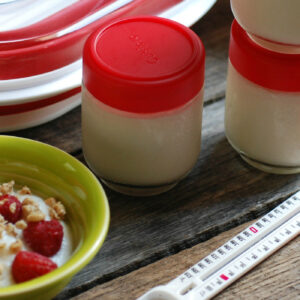
INGREDIENTS
- 3 cups whole milk
- 2 teaspoons plain, store-bought yogurt (such as Stonyfield)
- 2 teaspoons dried yogurt culture
INSTRUCTIONS
- Heat milk in a saucepan over medium-high heat to a temperature of 185-190 degrees F, stirring occasionally.
- Remove milk from heat and let it cool to a temperature between 110-115 degrees F (to speed up the cooling process, place hot saucepan in a bowl of ice cold water).
- Mix yogurt or culture into cooled milk and stir until fully incorporated.
- Pour mixture into a heat-resistant container with a lid (or Cuisipro jars).
- Place container or jars into the Cuisipro yogurt maker, secure lid, and press “start”. The unit will automatically shut off after 10 hours.
- When finished, remove container and refrigerate yogurt for six hours before serving. Homemade yogurt will keep in the refrigerator for 10-14 days.


